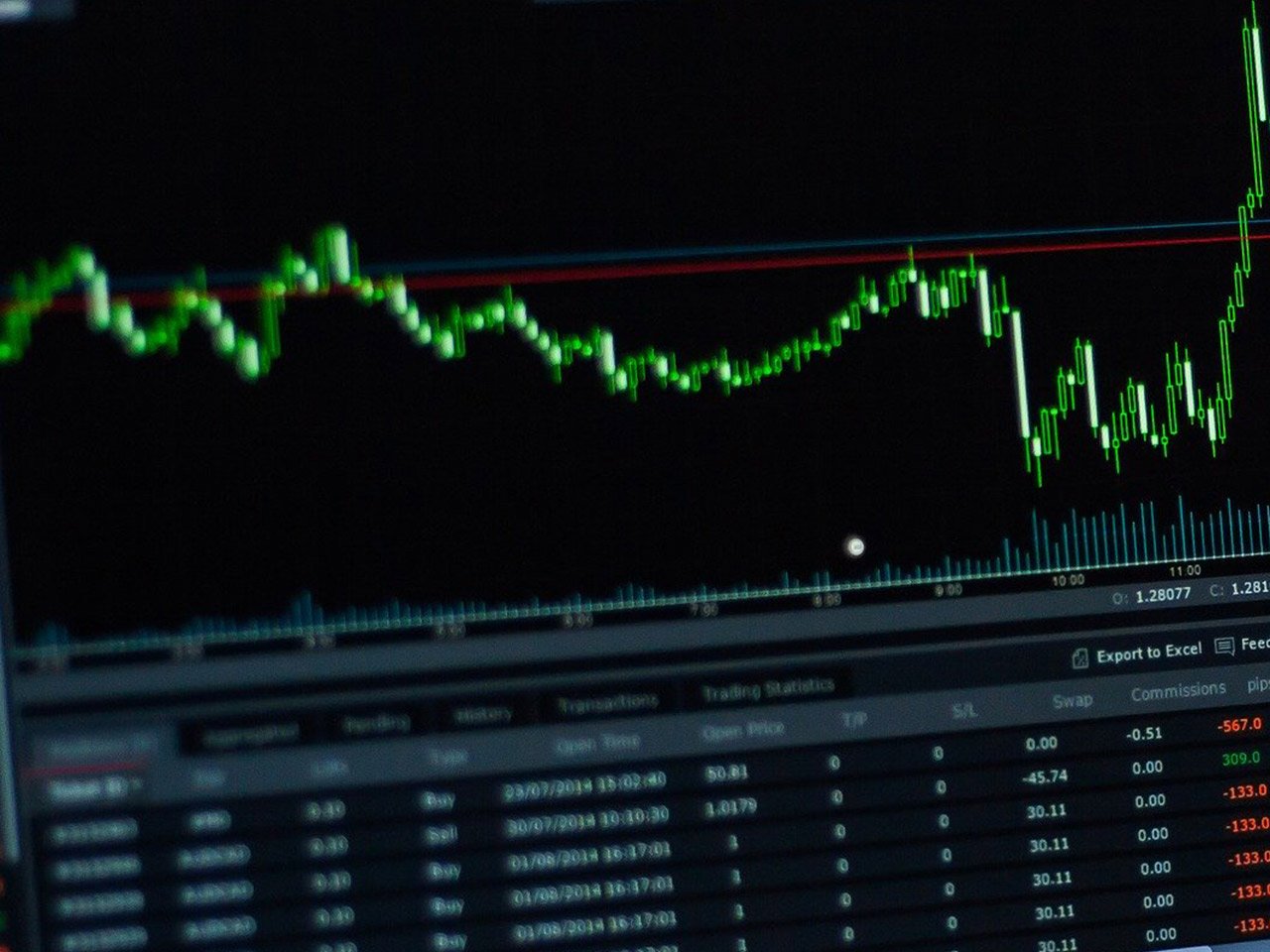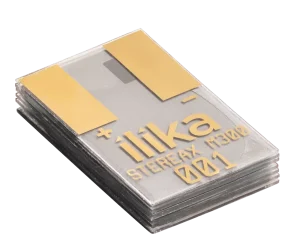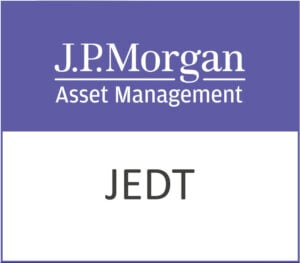As a cornerstone of the semiconductor industry, Intel Corporation (NASDAQ: INTC) continues to be a focal point for investors navigating the evolving landscape of technology stocks. With a market capitalization of $89.94 billion, Intel remains a significant player in the technology sector, particularly within the semiconductors industry, despite facing notable challenges.
Currently trading at $20.62, Intel’s stock has experienced a price change of just 0.64 or 0.03%, indicating relative stability in a volatile market. The 52-week range of Intel’s stock price, from a low of $18.13 to a high of $34.87, highlights the fluctuations the company has experienced over the past year. For investors, the critical question is whether Intel can leverage its substantial resources and strategic initiatives to return to growth and profitability.
Intel’s valuation metrics paint a complex picture. The absence of a trailing P/E ratio and negative EPS of -4.48 suggests current profitability challenges. However, a forward P/E of 25.06 indicates that market expectations for future earnings are cautiously optimistic, albeit tempered by existing hurdles. The company’s negative return on equity of -18.13% and a substantial free cash flow deficit of over $7 billion underscore the financial headwinds Intel faces.
Revenue growth, or the lack thereof, remains a concern, with a slight decline of 0.40%. This stagnation is reflective of broader challenges within the semiconductor industry, including supply chain disruptions and fierce competition. However, Intel’s strategic investments in advanced process technologies and its robust product portfolio, ranging from CPUs to AI-driven solutions, are aimed at revitalizing its growth trajectory.
Analyst ratings reveal a cautious sentiment towards Intel, with only 2 buy ratings compared to 39 hold and 4 sell ratings. The average target price of $21.58 suggests a modest potential upside of 4.65%, signaling that the market is betting on Intel’s ability to stabilize and gradually improve performance. The target price range, from $14.00 to $29.45, further reflects the diverse opinions on Intel’s future prospects.
Technical indicators provide additional insights into Intel’s stock performance. The current price is below both the 50-day and 200-day moving averages, indicating a bearish trend. The Relative Strength Index (RSI) of 48.11 suggests that the stock is neither overbought nor oversold, while the MACD of -0.40 signals bearish momentum, albeit with a possibility of reversal as it approaches the signal line of -0.55.
Dividend investors might find Intel’s payout ratio of 208.33% concerning, as it implies that the company is paying out more in dividends than it earns, a strategy that may not be sustainable in the long run without a return to profitability.
Despite these challenges, Intel’s long-term growth potential cannot be overlooked. The company’s commitment to innovation and its efforts to expand its footprint across AI, connectivity, and self-driving solutions represent significant opportunities for future growth. As Intel leverages its extensive ecosystem of partnerships and advanced technologies, it is poised to adapt to the shifting dynamics of the semiconductor market.
For individual investors, the critical consideration is Intel’s ability to execute its strategic initiatives effectively and return to a path of consistent growth and profitability. While the current financial metrics may pose caution, Intel’s role as a technology pioneer and its strategic investments position it uniquely to capitalize on emerging market opportunities. As such, investors should closely monitor Intel’s developments, keeping an eye on its financial health and operational milestones, as these will be crucial determinants of its stock performance in the near to medium term.










































